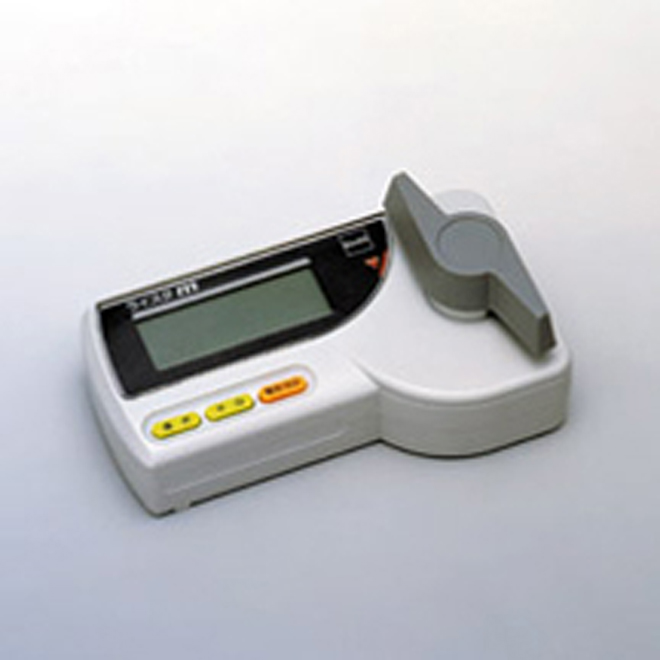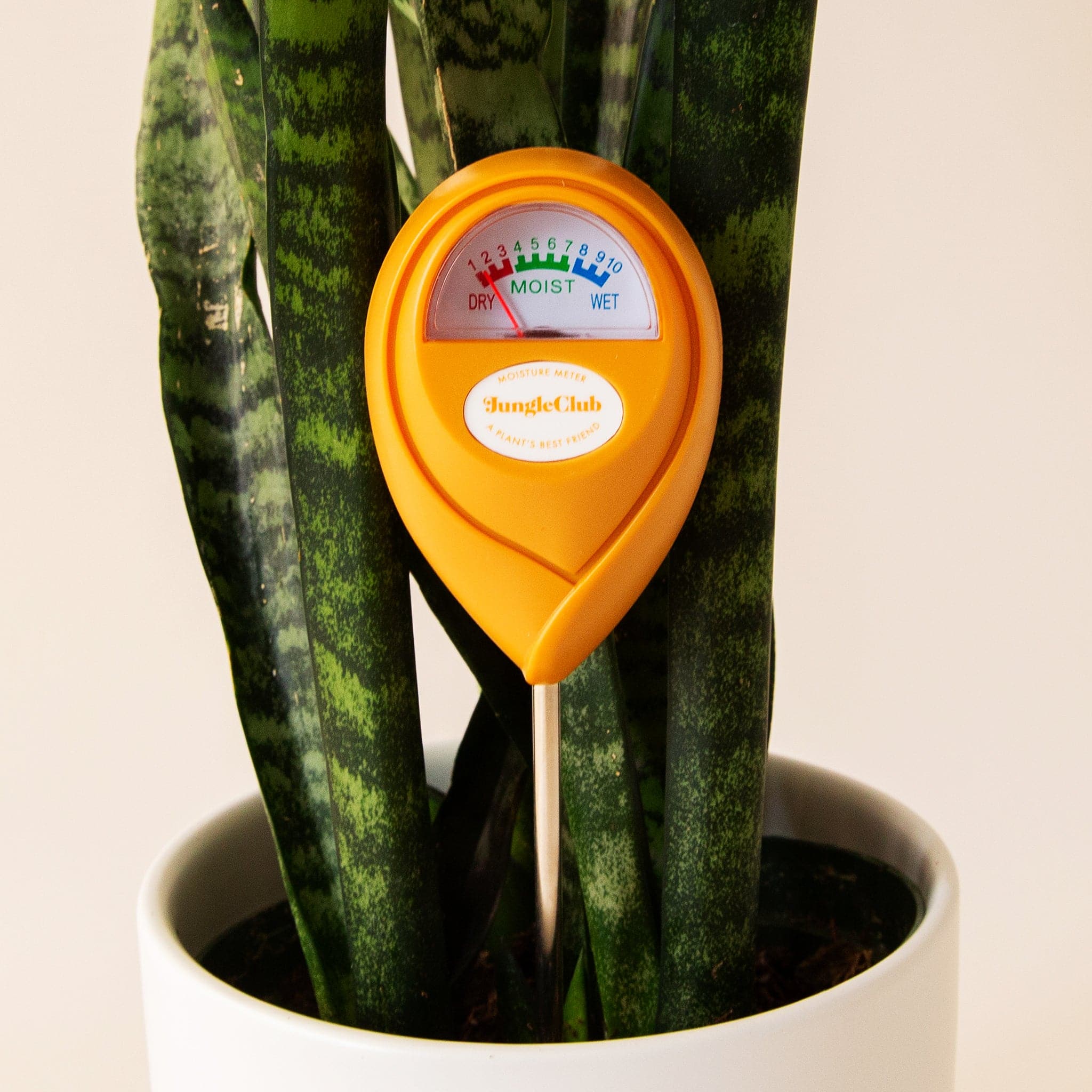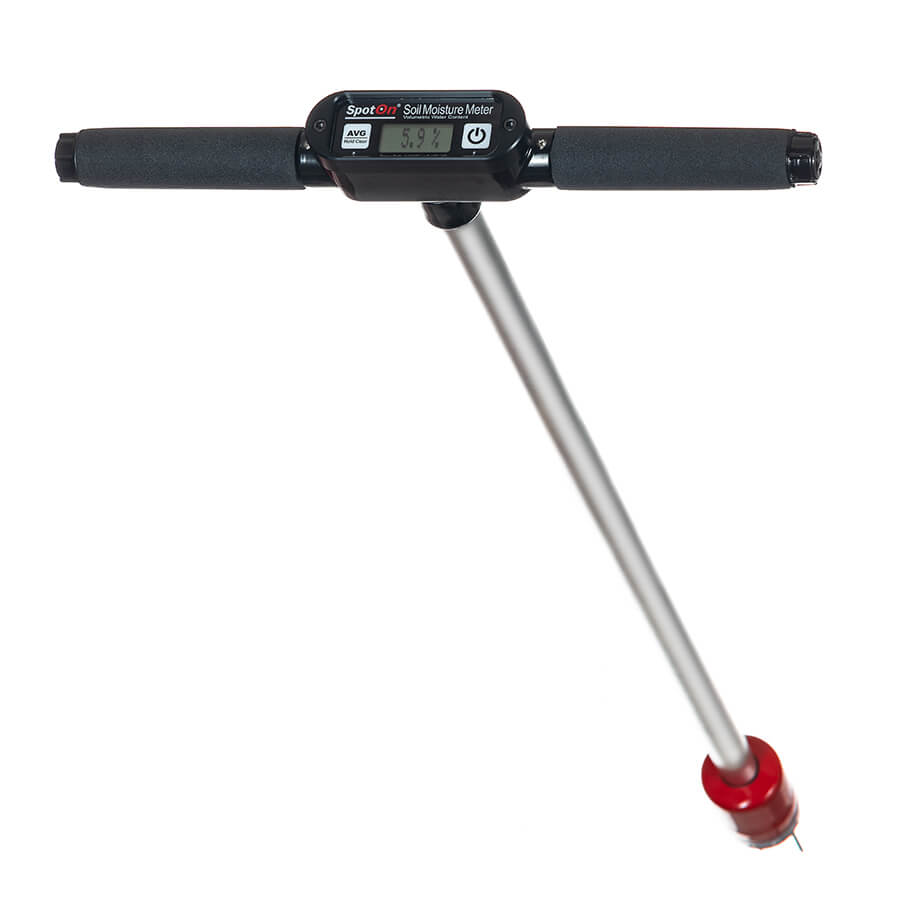Understanding the Value of a Moisture Meter in Protecting Against Mold and Water Damages in Your Home
In the realm of home upkeep, the existence of dampness can commonly be a silent yet awesome opponent, qualified of causing pervasive mold development and insidious water damages if left untreated. Comprehending the relevance of a dampness meter in this battle is not simply an alternative but a critical requirement.
Importance of Moisture Discovery
Effective wetness discovery methods are important for protecting residential or commercial properties and avoiding prospective mold growth and water damages. Moisture can leak right into various building materials, causing architectural problems and health risks. By using a wetness meter, building proprietors can proactively determine locations vulnerable to excess dampness, permitting prompt treatment and mitigation methods.
Moisture meters provide precise readings of dampness levels in various products such as wood, concrete, and drywall. This information helps in pinpointing areas of problem, also in hidden or hard-to-reach areas. Early detection of moisture build-up enables punctual fixings or changes to stop more damage.

Just How Moisture Meters Job
Moisture meters play a pivotal role in the aggressive identification of excess wetness, assisting in the avoidance of potential mold development and water damages by supplying exact analyses of wetness levels in numerous building products. These devices function based upon various concepts, depending upon their type. Moisture Meter. Pin-type wetness meters, for circumstances, have two pins that pass through the material to determine the electric resistance between them. When wetness exists, it boosts the product's conductivity, causing a lower resistance reading. Pinless dampness meters, on the other hand, use electromagnetic sensing units to check the material without causing damages. These sensing units emit electromagnetic signals that pass through the product and measure the dielectric homes, suggesting moisture web content. Some progressed wetness meters integrate both pin and pinless innovations for comprehensive wetness discovery. Recognizing how moisture meters feature is important for exact and timely dampness degree assessments, allowing effective safety nets against mold and water damages.
Detecting Early Warning Signs
Upon preliminary inspection of a building, recognizing refined indicators of excess wetness comes to be essential in the very early discovery of potential mold growth and water damages. Water discolorations can signify leaks or seepage, while peeling paint or wallpaper may be an outcome of wetness endangering the adhesion of these products to the surface area. Additionally, a rise in allergic reaction signs or respiratory concerns amongst occupants might suggest the existence of mold and mildew due to excess wetness.
Protecting Against Mold Development
Identifying early caution indicators of excess moisture within a property not just enables prompt discovery his response of possible mold and mildew development and water damage but additionally offers as a positive procedure in preventing the proliferation of mold and mildew. To effectively prevent mold and mildew growth, it is important to resolve any kind of resources of moisture promptly.
Keeping an eye on wetness levels in areas susceptible to moisture, such as cellars and crawl areas, making look at this now use of a moisture meter can likewise aid in very early detection of raised dampness degrees and possible mold development - Moisture Meter. By taking positive measures to protect against excess wetness and mold and mildew growth, property owners can safeguard their building and indoor air top quality.
Benefits of Normal Tracking
Regular monitoring of moisture levels in a home can play an important role in preserving a healthy and balanced indoor atmosphere and protecting against prospective mold and mildew and water damage. By redirected here on a regular basis checking moisture levels, homeowners can spot any type of issues without delay and take needed activities to stop mold and mildew growth and water damage.
Furthermore, routine monitoring permits house owners to track patterns and patterns in dampness degrees over time. Eventually, the consistent surveillance of moisture degrees encourages home owners to protect their building, secure their wellness, and protect the stability of their indoor atmosphere.

Conclusion

By utilizing a dampness meter, residential or commercial property owners can proactively identify locations susceptible to excess dampness, allowing for timely treatment and reduction methods.

Monitoring dampness degrees in locations susceptible to dampness, such as basements and crawl rooms, utilizing a wetness meter can additionally help in early detection of raised moisture degrees and potential mold and mildew growth. (Moisture Meter)
Comments on “Top 10 Advantages of Using a Moisture Meter for Correct Measurements in Your Home”